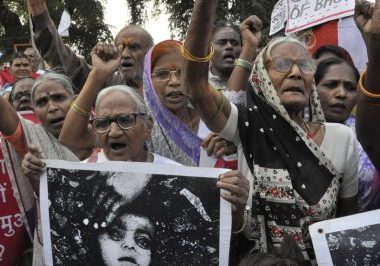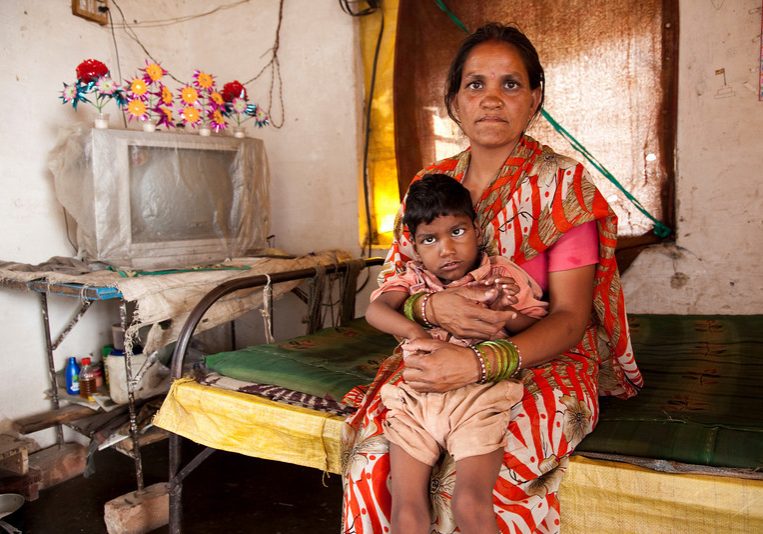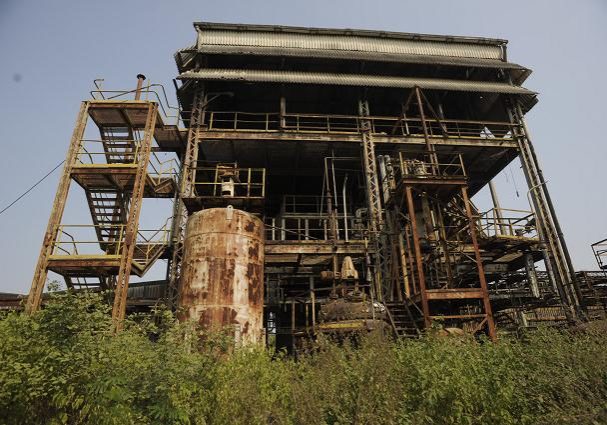Bhopal’s Second Poisoning
Something very shameful is happening in Bhopal and hardly anyone knows about it. Children are being born sick, mentally ill, and with malformed limbs in numbers not seen since the spate of horrific births that followed the gas catastrophe of 1984.
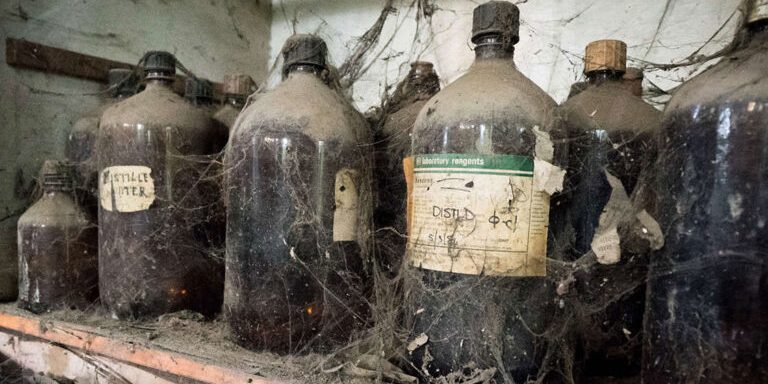
Bhopal’s Second Poisoning
Something very shameful is happening in Bhopal and hardly anyone knows about it. Children are being born sick, mentally ill, and with malformed limbs in numbers not seen since the spate of horrific births that followed the gas catastrophe of 1984.
The First Disaster
Mention Bhopal and most people think of the horrific events of 3rd December 1984, when the city was devastated by a huge leak of poison gas from a pesticide factory owned by US chemical giant Union Carbide.
Thousands died in agony, choking, blinded by gas that burned their eyes and seared their lungs. More than half a million were injured. Today in the city, upwards of 120,000 people are still chronically ill from the injuries suffered on that night. The death toll has reached more than 25,000.
But another disaster lay in wait, biding its time, till it could ambush and destroy a whole new generation.
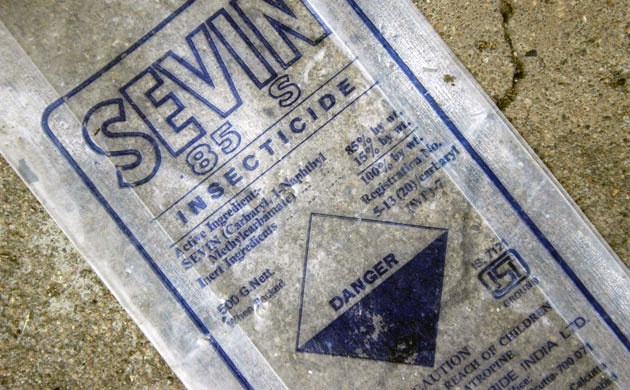
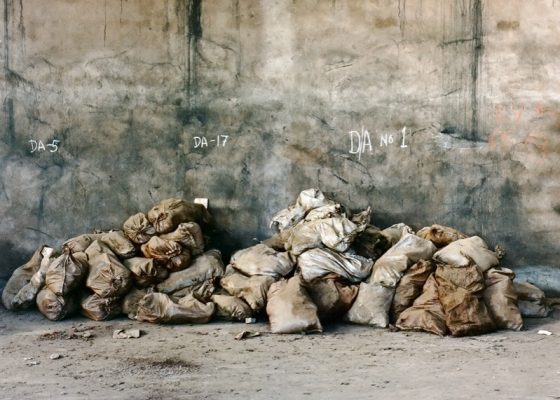
The Second Poisoning of Bhopal
For fifteen years before the gas disaster Union Carbide had routinely dumped highly toxic chemical wastes inside and outside its factory site. Some were buried, some simply lay heaped on the soil, open to the elements.
Thousands of tons of pesticides, solvents, chemical catalysts and by-products lay strewn across 16 acres inside the site. Huge ‘evaporation ponds’ covering an area of 35 acres outside the factory received thousands of gallons of virulent liquid wastes.
After the catastrophic gas leak, the factory was locked up and left to rot, with all the chemicals and wastes still there. Union Carbide left the factory and its surrounds without cleaning them.
As each year’s monsoon battered the decaying plant and rain overflowed the huge ‘ponds’, the toxins seeped down through the soil, and filtered into underground channels and pools. Wells drawn from these ground water pools serve tens of thousands of families, living in forty two townships. Among them is JP Nagar, the community most devastated by the gases of 1984.
Carbide’s deadly secret
Just five years after the gassing of Bhopal, Union Carbide conducted secret tests and learned that its factory site was lethally contaminated. Water from the site, and water in which soil had been soaked produced instant 100% mortality in fish. The places where the samples had been taken were often just inside the boundary wall and on the other side people were living, drawing water from wells and stand pipes.
Carbide did not notify local communities of the risks to drinking water. Nor did it lift a finger to clean up the contamination. Instead it attacked as “troublemakers” those in the community who voiced their worries that the factory was poisoning their water. The contaminated water crisis was not exposed to the world until Greenpeace ran a series of tests in 1999.
The “Polluter Pays Principle” applies in India as in the US, but Union Carbide and its present day parent Dow Chemical flatly refuse to clean the factory or pay a cent towards a clean-up or towards the care of those it has already damaged.
These people remain unofficial victims, denied compensation or medical help.
A major study
Organisations in Bhopal supported by the Bhopal Medical Appeal are working hard to change this situation. Our two clinics, Sambhavna and Chingari are, so far as we understand it, the only places offering children and families affected by the contaminated water free medical care, restorative therapies, and social support.
On the twentieth anniversary of the Sambhavna Clinic, a preliminary report from a ground-breaking study has revealed that cancer incidence, in people exposed to the methyl isocynate (MIC) gas leak of 1984, is ten times greater than in the unexposed population.
The study was performed, over seven years, by a team of researchers from the clinic on an unprecedented sample size of 100,000, including: gas affected; water affected; gas & water affected; plus a control group, comprised of 25,000 from each group.
The full study is still undergoing peer review, but all indications are that it will confirm many of our worst fears about the extent of the health crisis suffered by new generations of Bhopal’s children.
Find out more
Sambhavna Study Says Gas Hit Ten Times More Prone to Cancer
A preliminary report from a ground-breaking study has revealed that cancer incidence, in people exposed to the methyl isocynate (MIC) gas leak of 1984, is ten times greater than in the unexposed population.
New Abnormalities Seen in Third Generations of Bhopal Children
Doctors from Bhopal confirmed that congenital birth defects in affected areas of the city are seven times higher than usual rates.
Disposal of Union Carbide’s Toxic Waste. Why is This a Problem?
The Hindustan Times reports that the Madhya Pradesh state government plans to dispose of 346 tonnes of toxic waste, from the abandoned Union Carbide factory, at a Pithampur-based treatment, storage and disposal facility.

